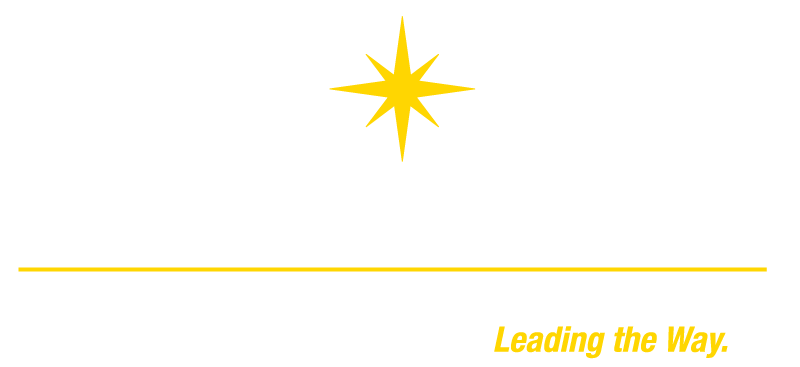Radiology
Veterinary radiology allows us to view your pet’s internal framework to diagnose and potentially treat disease. At NorthStar VETS®, we’ve invested in the most advanced imaging technologies in veterinary medicine today.
The Veterinary Radiology Services We Provide
- Digital radiography (X-ray): This advanced form of X-ray records the image and makes it available as a digital file that can be viewed instantly on a computer and shared electronically. Digital radiography reduces radiation exposure by up to 80% compared to older film X-ray technology.
- Fluoroscopy: This imaging technique is a type of X-ray that shows organs or other internal structures moving in real-time While standard X-rays are like snapshots, fluoroscopy is like a movie showing body systems in action.
- Ultrasound: Ultrasound uses sound waves that are directed into your pet and then bounce back to the ultrasound machine, forming a picture. While X-rays look at the outline of an organ, ultrasound reveals the internal appearance or architecture of the organ in a dynamic format. We often perform both X-ray and ultrasound imaging because the exams provide complementary information.
- CT scan: Computed tomography (CT) is an X-ray technique that produces high-resolution images of the body’s internal structures in cross-sectional “slices” rather than the 2-dimensional images produced by conventional X-rays. This enables doctors to examine the body one “slice” at a time to detect disease. Our CT scanner is extremely fast, and we can offer outpatient imaging without general anesthesia, using only mild sedation.
- Magnetic resonance imaging (MRI): MRI uses a powerful magnetic field, pulses of radio-frequency energy, and a computer to produce detailed images of organs, soft tissues, bone, and virtually all other internal body structures. MRI does not use ionizing radiation (X-rays).
-
Nuclear Medicine: Nuclear medicine technology detects energy given off by a small amount of radioactive substance either swallowed or injected into your pet's body. As the substance travels through the body, it's absorbed by organs and tissue and gives off gamma rays. A diseased or improperly functioning organ emits a different energy than a healthy organ. The nuclear medicine scan "reads" this energy and produces an image that not only shows what the organ looks like but also how it's functioning.
Nuclear medicine is also used in therapeutic procedures such as Radioiodine I-131, which employs radioactive material to treat hyperthyroidism in cats.
Referring Veterinarians: To Make a Referral or Schedule a Veterinary Radiology Exam, call us at 609-259-8300.
- All veterinary radiology services are available on an outpatient basis and often can be scheduled on the same day if your patient needs immediate attention.
- If you have any questions about the most appropriate imaging modality for your patient, please call to speak with one of our radiologists.
- You’ll receive a personal interpretation once the image is taken so you can make the best decision for your patient.




